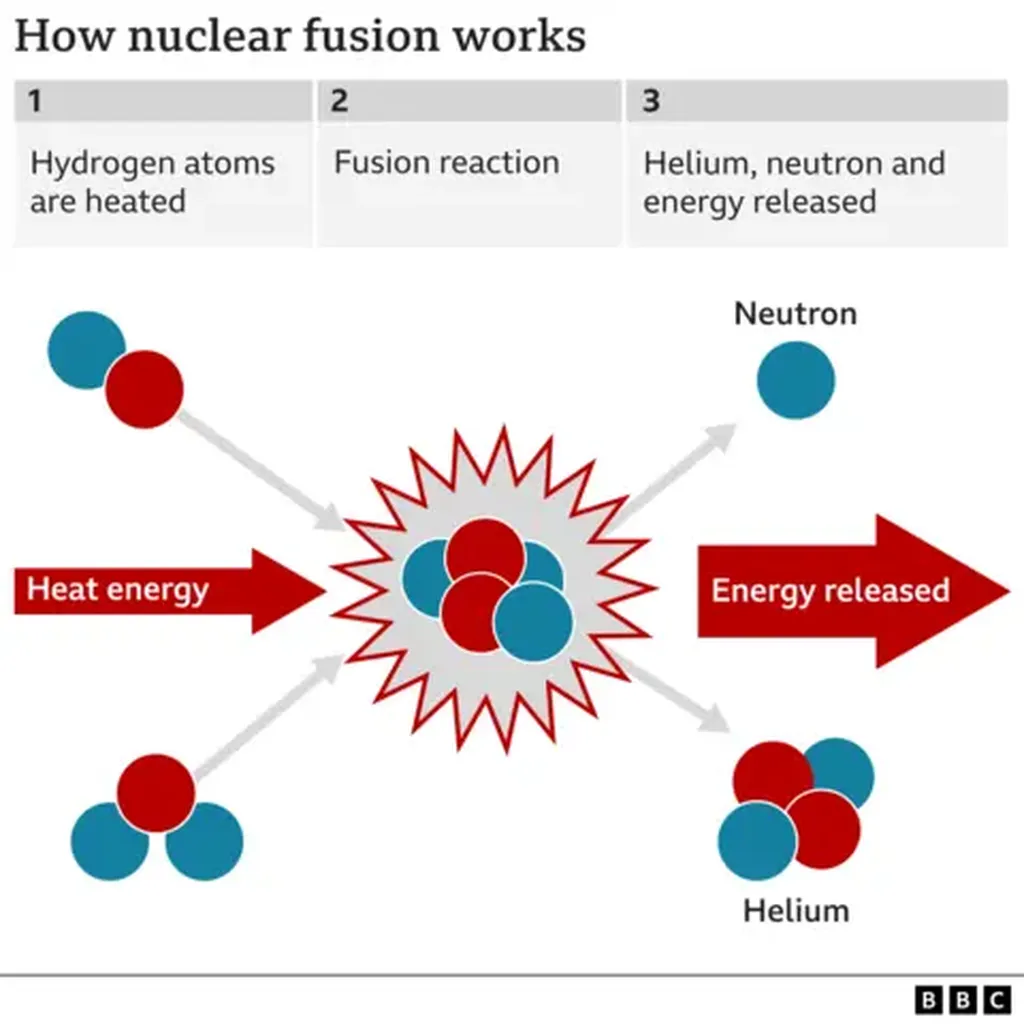Scientists working on fusion energy have made significant strides in two critical areas that could shape the future of this clean, limitless power source. Researchers at the UK’s MAST Upgrade and the Dutch institute DIFFER have tackled the challenges of heat distribution and fuel management in fusion reactors, offering insights that could influence the development of future fusion power plants, including the UK’s STEP and the international ITER project.
One of the key challenges in fusion energy is managing the intense heat generated within the reactor. To address this, scientists have investigated the use of a double-null configuration, which involves installing an additional divertor at the top of the machine. This setup is designed to distribute the immense power of a nuclear fusion reactor more evenly across the vessel wall, particularly benefiting the UK’s STEP fusion power plant. The configuration directs most of the power to the outer divertors, alleviating the relatively vulnerable inner targets.
Experiments conducted on MAST Upgrade, in collaboration with DIFFER, have revealed that even minor shifts in the reactor’s magnetic fields can instantly change where the heat and particles go. This finding underscores the need for extremely precise control systems in future reactors. The results showed that fluctuations in power-sharing directly and immediately affect the divertor target conditions, with virtually no time to counteract such imbalances. This represents a major challenge for reactors employing such a configuration and highlights the need for dedicated research in the coming years.
In addition to heat management, controlling the amount of fuel in the core is crucial for maintaining stable fusion reactions. The most promising fusion reaction for energy production on Earth involves deuterium and tritium (DT). The density of fuel in the core reactor volume determines the fusion power production, making core density control essential for stable operation.
The experimental MAST Upgrade reactor, which began operations in 2020, has faced challenges with its core density controller, leading to unexpected terminations of experiments. To address this, researchers developed a core density control system that uses a gas valve to inject fuel and a laser interferometer to measure the core plasma density. This system allows for dynamic behavior measurement and adjustment of the gas valve flow to maintain desired densities. The implementation of this control system has contributed to roughly 20% more successful experiments on MAST Upgrade.
For full-scale reactors, such as ITER, the use of frozen pellets for fuel injection is more effective than gas injection. However, frozen pellets introduce complications due to their discrete nature and the large jumps in plasma density they cause. To manage this, researchers developed a predictive controller, or model predictive control (MPC), capable of handling the computational complexity of pellet decisions while preventing the plasma edge density from exceeding allowable limits. This controller was tested using high-fidelity simulations of ITER plasma operation, demonstrating its ability to track desired density references without exceeding density limits.
These advancements in heat distribution and fuel management are crucial for the development of future fusion power plants. The work conducted on MAST Upgrade and in collaboration with DIFFER contributes to the UK’s Spherical Tokamak for Energy Production (STEP) program, which aims to develop independent but simultaneous control of the detachment of the two divertors in a double null configuration. This research paves the way for more stable and efficient fusion reactors, bringing us closer to realizing the potential of fusion energy as a clean, limitless power source.
As fusion energy continues to evolve, the insights gained from these experiments will be instrumental in shaping the design and operation of future reactors. The need for precise control systems and advanced fuel management strategies will drive further innovation in the field, ultimately contributing to the development of sustainable energy solutions.

